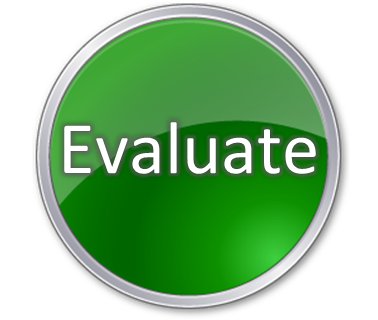
What If? Analysis
Assume that future outcomes have already happened and identify their impacts.

One important technique used to gain an understanding of a potential outcome is to assume that it has already happened. Rather than focusing on “Could it happen?”, this technique shifts the focus to “How could it have unfolded?” and “What’s the impact?”.
To perform a What If? Analysis:
Step 1: Pick one of your potential outcomes then assume it has already occurred.
Step 2: Clearly define what happened and its impact. Was there a trigger event?
Step 3: Develop a logical chain of argumentation to explain how this could have happened. The key to this technique is to work backwards.
Step 4: Map out any other credible ways that this outcome could have happened.
Step 5: Repeat this process for each of your potential outcomes.
Step 6: Generate a list of Indicators for each scenario.
Step 7: Assess the impact of your negative scenarios. Develop contingency plans to overcome these difficulties.
Step 8: Assess the impact of your positive scenarios. How could these be enabled?
Step 9: Monitor your indicators.

Sources:
Handbook of Analytic Tools and Techniques, Randolph H. Pherson, Reston, VA: Pherson Associates, 2008.
Structured Analytic Techniques for Intelligence Analysis, Richards Heuer, Jr. and Randolph H. Pherson, Washington DC: CQ Press, 2011.
